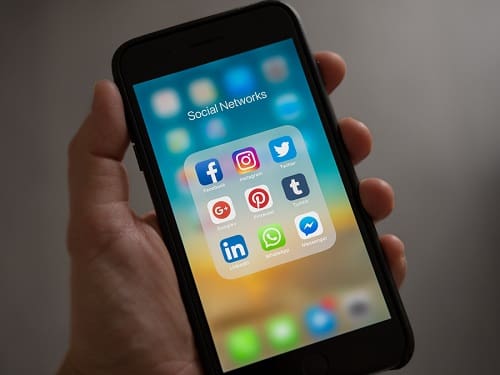Twitter to Replace “Master”, “Slave” and “Blacklist”

Twitter has announced that it will be replacing programming language terms such as “master”, “slave” and “blacklist” with more inclusive ones.
Programming Language
Those familiar with programming language and email terms will be familiar with terms such as “blacklist” and “whitelist” with black indicating bad, and “master” and “slave” where one device or process controls other devices or processes. In the wake of George Floyd’s death at the hands of white police officers, the Black Lives Matter protests and under the #UntilWeAllBelong hashtag, Twitter has decided to opt for more inclusive language.
Why?
Twitter (Twitter Engineering) says that “This isn’t just about eng terms or code. Words matter in our meetings, our conversations, and the documents we write”. Twitter is concerned about how the continued and accepted use of terms that are related to racism, slavery and the idea that some are masters over others are perpetuating problems in society and are a replaceable obstacle that stands in the way of a more inclusive society. Sexism, gender issues and other areas where prejudice has created problems are also being looked at by the social media giant. Twitter says “Inclusive language plays a critical role in fostering an environment where everyone belongs. At Twitter, the language we have been using in our code does not reflect our values as a company or represent the people we serve. We want to change that. #WordsMatter”
Which Terms Will Be Replaced?
Twitter has acknowledged that language cannot be replaced everywhere with the flip of a switch, but it is hoping to put the processes and systems in place that will allow the language changes to take place at scale.
Terms that are first on the list for replacement include:
– “Whitelist” – to be referred to as “Allowlist”.
– “Blacklist” – to be referred to as “Denylist”.
– “Master/Slave” – to be referred to as “Leader/follower, primary/replica, primary/standby”.
– Gendered pronouns (e.g. he/him/his) – to be referred to as “they, them, their”.
– “Man hours” – to be referred to as “Person hours”.
How?
Twitter says it will be focusing on the following areas to help make the changes over time:
– Migrating source code and changing configuration. This will involve studying Twitter’s own existing code, identifying violating terms with new warning tools, and changing to the new inclusive terminology. Twitter says that automated tools and ‘linters’ are being developed to minimize manual effort.
– Updating documentation across internal resources, Google Docs, runbooks, FAQs, readme’s, technical design docs, and more. Twitter says that it is also implementing a browser extension to help its teams identify words in documents and web pages and suggest alternative inclusive words.
Others
Twitter is certainly not the only company that is working towards more inclusive language. JP Morgan is opting for more inclusive language replacements in its technology policies and programming codes, as is GitHub and Google’s Chromium web browser project and the Android operating system.
What Does This Mean For Your Business?
When it comes to walking the walk, talking the talk is an important part of helping to make that happen, and many companies are now not just acknowledging the need for inclusiveness but are prepared to do something about it. The recent boycotting of Facebook advertising by many global brands also highlights the pressure that social media companies are under to make more progress in stopping hate speech and other harmful content from being distributed via their platforms. Tackling language is, therefore, one way in which Twitter can take another small public step in getting its own house in order. The platform is, however, still the platform of choice for President Trump, who is unlikely to be seen by many as the voice of inclusiveness although Twitter recently made the news for fact-checking President Trump.
Sponsored
Ready to find out more?
Drop us a line today for a free quote!
